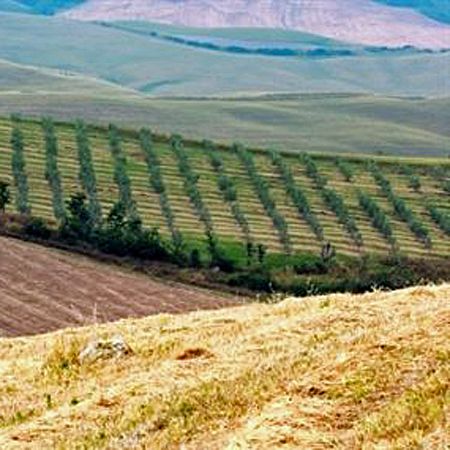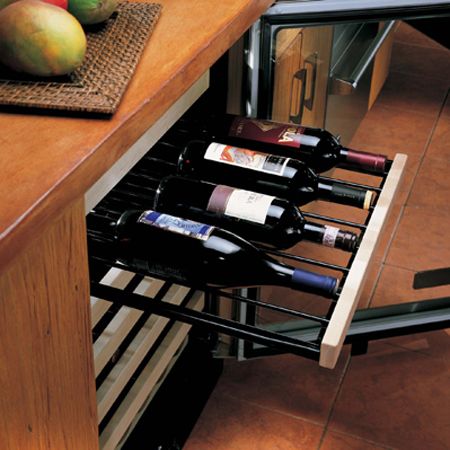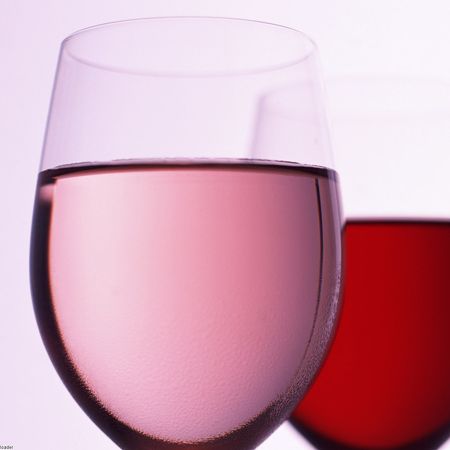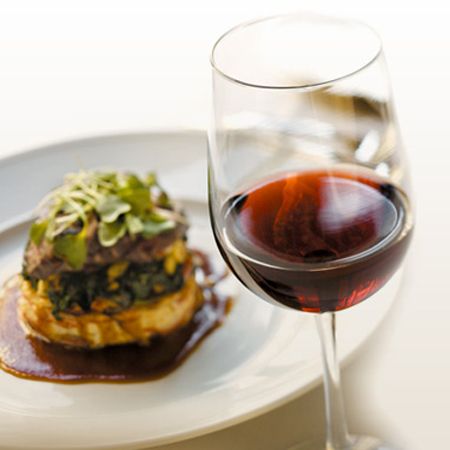The Beauty of Barolo

As the leaves begin to change color in northerly climates the world over, thoughts immediately turn to deeper wines and heartier fare. For me, this inevitably means the return to my dining table of Barolo. Barolo, one of Italy’s and the world’s greatest red wines, is perfectly suited to the crisper air and clear horizons of autumn and winter, for its very scents and flavors call to mind these quieter seasons. This is not to say that I do not drink more than my share of Barolo during the warmer months, for there are few better matches with a steak on the grill than a properly aged Barolo. But, great Barolo is so often defined by its aromatic and flavor profiles that call to mind autumn, as the pure red or black cherry fruit of Barolo is inevitably interwoven in a tapestry of fallen leaves, woodsmoke, chestnuts, anise and often notes of tar that call to mind the open road.
Barolo not so many years ago was considered an anachronism of wine – too old-fashioned and slow to unfold to be relevant in our modern age of multi-tasking. It is traditionally one of the longest-lived and toughest customers in its youth in the world of red wine, and its reputation for many, many years was that it was a wine that simply required too much cellaring before it was ready to drink with pleasure to merit more than cursory attention by the mainstream of wine lovers. In fact, its reputation outside of its native sweeping hillsides of Alba, tucked just below the Alps, had fallen so low in the 1970s that a “new wave” of Barolo producers emerged striving to tame the traditional tannins of Barolo and produce wines that were more approachable in their youth. The mavericks that led the “reformist” charge were producers such as Elio Altare, Paolo Scavino, and Luciano Sandrone. The emergence of these “modernists” was met with skepticism on the part of the more traditional producers in the region, such as Bartolo Mascarello, Giovanni Conterno, and Bruno Giacosa, and for a few decades the beautiful landscape of Barolo was divided into two rather antagonistic camps.
To understand a bit of the fundamental winemaking philosophies in conflict at this time in Barolo, one needs to know just a bit about how Barolo is traditionally produced. Barolo is made from the Nebbiolo grape, which is renowned for its thick skins which provide a significant backbone of tannin in the young wines. However, in many other respects, the grape is quite similar to Pinot Noir, with its uncanny ability to pick up the complexities of its underlying soils and its relatively high acid profile quite similar to the grape of Burgundy. This combination of firm tannins and high acids is what gives Barolo its remarkable longevity, and also what makes the wine rather chewy in its youth.
Taming the tannins and acidity of young Barolo became the great divide between the two schools of Barolo production. Traditionally, long barrel aging in very large, old oak barrels (known in Piemonte as “botti”) prior to bottling was the prescription for taming the young wines, but this method still produced a Barolo in need of another decade or more of bottle age after it was released. The modernists adopted methods more familiar in France and California to speed up the evolutionary cycle of Barolo, aging the wines in small, new oak barrels to round them off sooner, and employing a number of cellar techniques to soften the initial tannins in the young wines. Critically, the new school Barolo producers met with great success, and many were embraced as the superstars of the region during the 1980s.
However, the ensuing couple of decades have met with some surprising results for the two schools of Barolo. The modernist wines turned out not to age with anywhere near the same grace as the traditionalists’ wines, and many of their cellar techniques championed early have been scaled back. In contrast, the traditionalists have been embraced for the quality of their wines, which are now considered the gold standard in the region and are justly cherished for their brilliance and unique characters. Perhaps the modernists prodded the traditionalists into even greater precision in their winemaking, but more likely it is Mother Nature who has stepped in over the last two decades and tamed Barolo’s traditional toughness a bit with warmer and more consistent vintages since the late 1980s. Whatever the cause, Barolo made in the traditional manner has never been better than it is today, with wineries such as Giuseppe Mascarello, Giacomo Conterno, Bruno Giacosa, Bartolo Mascarello, Francesco Rinaldi, Cavallotto, and Giuseppe Rinaldi making some of the greatest wines in their histories in the last decade.
Traditional Barolo still warrants a bit of long-term cellaring to reach its zenith, but with the recent riper vintages comes the possibility of drinking many of these wines while young. One of the keys to drinking a great Barolo on the younger side is simply to give it some extended decanting time prior to serving. For most vintages under ten years of age, I decant my Barolo for at least an hour before pouring, allowing the wine’s edges to soften dramatically and the wine to truly blossom. Even much older vintages have no problem with this much aeration. And while decanting, I am careful not to let the sediment pass through into the decanter. Barolo sediment can be quite bitter, and like grounds in your coffee, they can spoil much of the beauty that awaits you in the glass. So decant your Barolo before you start cooking dinner, and watch the magic unfold when it is served.
RECENT POSTS IN Food and Wine Articles


